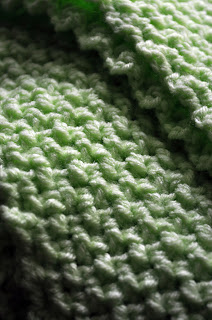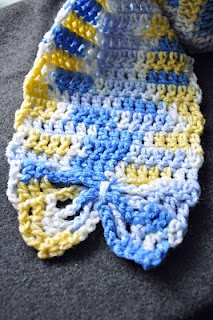Tapestry crochet is na easy way to do colorwork in crochet. All of the stitches of the cowl are single crochet (double crochet in UK terminology) in the back loop, along with chains and slip stitches when rounds are started and joined. Both colors are carried together. While a single crochet is made in one color, the other color is stitched around and hidden in the middle of the stitch made. In this pattern, the contrast color is joined in on Round 4.
The examples given in the pattern as well as the yardage and dimensions are for a cowl made with 13 repeats of the chart.
Check out this video for a really good tapestry crochet tutorial.
YARN:
- Worsted weight
- I have made this in two different types of worsted weight yarn. The amounts are given below with approximately 20% overage.
- Red Heart With Love
- Main Color (MC): 140 yd (130 m)
- Contrast Color (CC): 100 yd (90 m)
- Berroco Ultra Wool
- MC: 160 yd (145 m)
- CC: 75 yd (70 m)
- G or H hook
- A G hook works well for thinner worsted weight yarn (e.g. Ultra Wool).
- An H hook works well for thicker worsted weight yarn (e.g. Red Heart).
- Gauge is not too important for this project. But here is the gauge for each of the yarns I used::
- Red Heart With Love (H hook)
- In the pattern worked in the round, 2"x2" = 9 sc x 7 rows
- Ultra Wool (G hook)
- In the pattern worked in the round, 2"x2" = 11 sc x 9 rows
- Red Heart With Love
- When laid flat, 19" (48 cm) long by 7.25" (18.5 cm) wide
- Ultra Wool
- When laid flat, 15.5" (39.5 cm) long by 5.5" (14.5 cm) wide
Some notes:
- Begin the chart at the bottom right corner (if you are left-handed, use the second chart and start at the bottom left corner).
- Repeat the pattern as many times as desired. The examples shown here use 13 repeats of the chart.
- Begin every round with a Ch 1. This does not count as the first stitch of the round.
- The first sc of each round will be made into the stitch that was slipped to in the previous round.
- End each round by joining with a sl st to the first sc in the round. Be careful with this. This may require a color change in some rounds. When you are joining with the sl st, it may be best to slip into both loops of the sc instead of just the back loop.
- After the first round, all single crochets are worked in the back loop only.
- I will provide some written direction to get you started.






























